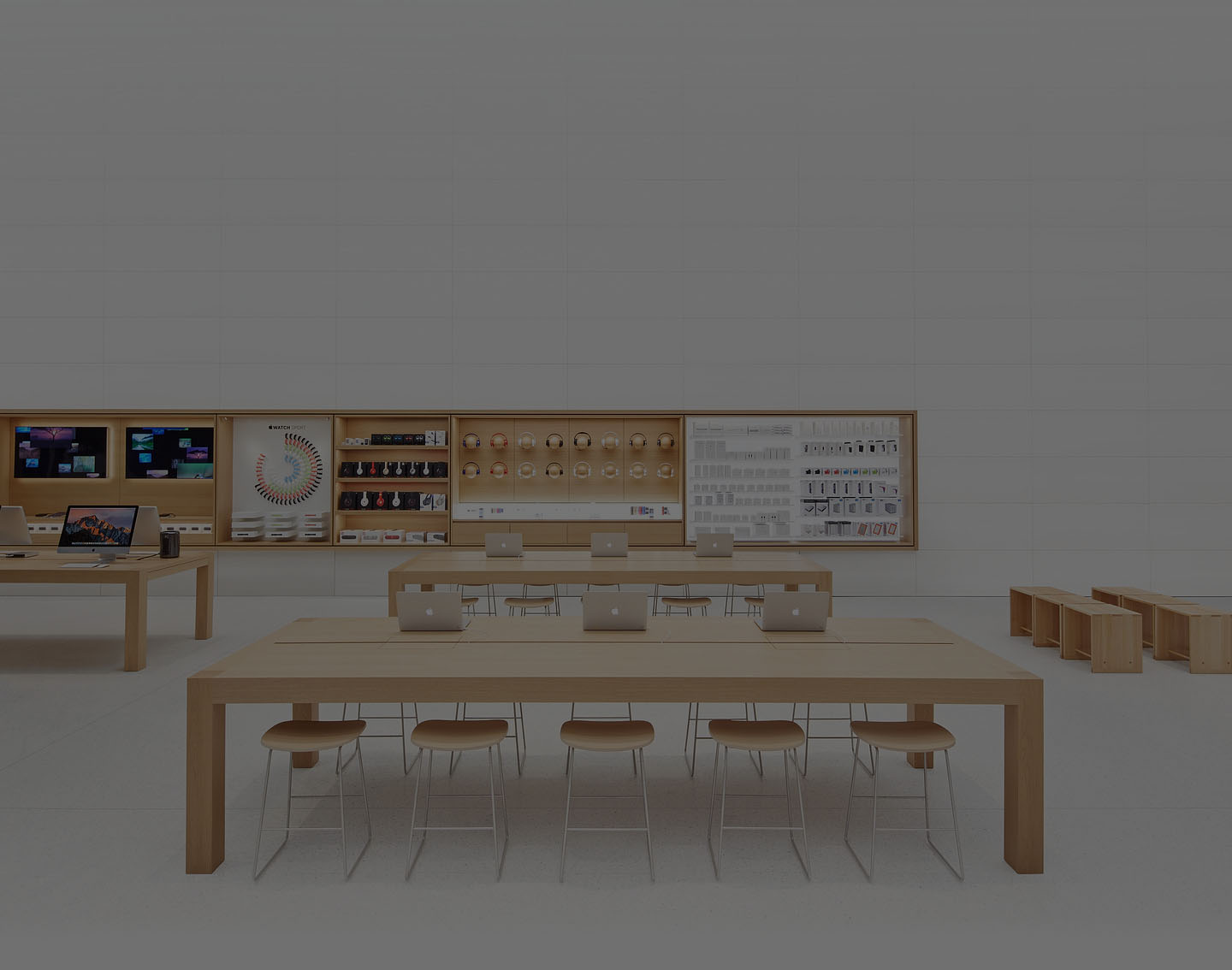
blog & news
Best iPhone 17 Pro pictures we’ve seen yet
The wait is over. Our annual best new iPhone pro-model pictures roundup has concluded. After combing through the thousands of iPhone 17 Pro images submitted by the 9to5Mac community across a variety of social platforms, here were the standouts and arguably best we’ve seen yet.
Cameras were a big focus for this year’s iPhone 17 Pro models.
The...
Apple details new APIs for parental consent and age verification in Texas
Apple has released new APIs and sandbox tools to help developers comply with the new requirements for apps available in Texas. Here are the details.
A bit of context
Following the release the first developer beta for iOS 26.2 and iPadOS 26.2, Apple has published a new article on the Apple Developer site with details on...
iOS 26.1 and iPadOS 26.1 bring multiple critical security fixes; here’s the full list
Update: Apple has also published the full security update release notes for macOS Tahoe 26.1, tvOS 26.1, visionOS 26.1, and watchOS 26.1.
Apple has published the full release notes for the security updates included in iOS 26.1 and iPadOS 26.1. If you were looking for a reason to update, here are about 50 of them.
Security...
Report: New Apple TV and HomePod mini could launch shortly, but don’t be too hopeful
In the latest Power On newsletter, Bloomberg’s Mark Gurman outlined that Apple retail employees are being asked to prepare for an overnight refresh on the evening of November 11th, signaling potential store changes on November 12th – though they might be minor ones.
Leading into October, many expected M5 to debut in...
Tim Cook says Apple will donate to assist communities affected by Hurricane Melissa
In a post on X today, Apple CEO Tim Cook announced that Apple will make a donation to help with relief efforts following the devastation caused by Hurricane Melissa. Here’s what he said.
Helping with relief efforts on the ground
Apple has a long record of contributing to humanitarian causes, especially in...
Apple reports Q4 2025 earnings: $102.47 billion in revenue, up 8% (charts)
Apple just announced its earnings report for fiscal Q4 2025, ended September. The company generated $102.47 billion in revenue, up 8% from the same quarter last year, and slightly above the expected revenue of $102.24 billion. Here’s the full breakdown.
AAPL Q4 2025 earnings
Apple reported $1.85 earnings per share for Q4 2025, and...
Report: Apple preparing major display upgrade for three upcoming products
Apple is planning a major display upgrade for three future products, according to a new report. The same report also points to another upgrade coming specifically to the iPad mini.
OLED screens for more Macs and iPads
Mark Gurman at Bloomberg reports that Apple is testing future versions of the MacBook Air, iPad...
M5 iPad Pro after five days: Was upgrade from M4 worth it?
Apple’s M5 iPad Pro arrived in users’ hands last week, and I’ve been using the 13-inch model ever since. Here are my early impressions of the new M5 iPad Pro after upgrading from the M4 model.
Upgrading to M5 iPad Pro from last year’s M4 model
For nearly 18 months, my primary computer...
Two iPhone designs for next year’s new models detailed by leaker
Earlier today, we reported on camera upgrades in the works for the iPhone 18 Pro. Now, the same leaker has detailed what to expect from the designs for two new iPhone models next year.
iPhone 18 Pro and iPhone 17e design details: what to expect
Leaker Digital Chat Station (DCS), after first posting about the iPhone...
Report: iPad Pro to gain vapor chamber cooling with M6 model
According to today’s Power On newsletter, the next generation iPad Pro is set to gain a subtle, yet important upgrade: vapor chamber cooling. This should help future iPad Pro models stay performant whilst still being fanless and incredibly thin.
With the M4 iPad Pro last year, Apple already overhauled the cooling system – bringing a copper heatsink...
